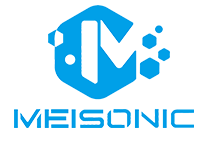Revolutionizing Healthcare Spaces Through Strategic Workstation Design
In modern healthcare environments, the choice between wall mount and standard hospital workstation configurations can significantly impact operational efficiency, patient care quality, and staff satisfaction. Healthcare facilities worldwide are increasingly recognizing that thoughtful workspace design directly influences clinical workflows and patient outcomes. This comprehensive analysis explores the distinct advantages and considerations of both wall mount and standard workstation solutions, helping healthcare administrators make informed decisions for their facilities.
Understanding Wall Mount Workstation Solutions
Space-Saving Innovation in Clinical Settings
Wall mount hospital workstation designs represent a revolutionary approach to maximizing clinical space utility. These systems typically feature adjustable arms, ergonomic mounting solutions, and compact profiles that can be folded against the wall when not in use. This space-efficient design proves particularly valuable in crowded emergency departments, narrow corridors, and patient rooms where floor space is at a premium.
Modern wall mount solutions incorporate advanced features such as integrated cable management, height adjustment mechanisms, and robust security features to protect sensitive medical equipment and patient data. The ability to position these workstations at optimal heights and angles promotes better posture for healthcare workers during long shifts.
Mobility and Accessibility Benefits
Wall mounted systems offer unique advantages in terms of accessibility and workflow optimization. Medical staff can quickly access patient information and essential applications without navigating around traditional furniture or fixed obstacles. This improved mobility particularly benefits high-traffic areas where rapid response times are crucial.
The flexible positioning of wall mount solutions allows healthcare providers to maintain better eye contact with patients during consultations while accessing electronic health records. This design feature enhances patient-provider communication and contributes to a more engaging care experience.
Evaluating Standard Workstation Configurations
Traditional Design Advantages
Standard hospital workstation setups continue to offer compelling benefits in certain healthcare settings. These traditional configurations typically provide more extensive work surfaces, allowing staff to manage multiple tasks simultaneously. They often feature built-in storage solutions and accommodate various peripheral devices essential for daily operations.
The stability and durability of standard workstations make them ideal for areas requiring heavy-duty use or supporting multiple pieces of equipment. These setups often incorporate ergonomic features like adjustable monitor heights and keyboard trays, promoting staff comfort during extended use.
Customization and Expandability
One significant advantage of standard workstations is their adaptability to changing technological needs. These configurations can more easily accommodate additional monitors, specialized medical equipment, and storage solutions. Healthcare facilities can modify these setups as departmental requirements evolve without major infrastructure changes.
Standard configurations also support collaborative work environments, providing space for multiple staff members to review cases or conduct training sessions. This aspect proves particularly valuable in teaching hospitals or facilities with frequent team consultations.

Comparative Analysis of Operational Impact
Workflow Efficiency Metrics
Research indicates that the choice between wall mount and standard hospital workstation designs can significantly affect staff productivity and patient care delivery. Wall mount solutions typically reduce walking distances for nurses and physicians, potentially saving several hours per shift in cumulative movement time. This efficiency gain translates to more time spent on direct patient care.
Standard workstations, while requiring more physical space, often support more comprehensive documentation and administrative tasks. Their design promotes focused work sessions and may reduce errors in complex procedures requiring extensive concentration.
Cost and Maintenance Considerations
Initial investment costs vary significantly between the two options. Wall mount systems generally require professional installation and may necessitate structural modifications, but their space-saving benefits can reduce overall facility square footage requirements. Standard workstations typically involve lower initial setup costs but may require more frequent maintenance and replacement of components.
Long-term maintenance requirements differ as well. Wall mount systems may need regular adjustment of mounting hardware and movement mechanisms, while standard workstations primarily require furniture maintenance and periodic updates to ergonomic components.
Implementation Strategies for Healthcare Facilities
Hybrid Approach Benefits
Many successful healthcare facilities opt for a hybrid approach, strategically implementing both wall mount and standard hospital workstation solutions based on specific departmental needs. This balanced strategy allows organizations to maximize the advantages of both configurations while minimizing their respective limitations.
Emergency departments and patient rooms often benefit most from wall mount solutions, while administrative areas and nurse stations may function better with standard configurations. The key lies in careful assessment of each area's unique requirements and workflow patterns.
Future-Proofing Considerations
Healthcare facilities must consider future technological advancements and changing care delivery models when selecting workstation solutions. Both wall mount and standard configurations should support easy integration of new technologies and adapt to evolving healthcare practices.
Investment in modular and adaptable workstation solutions ensures long-term value and reduces the need for costly renovations as healthcare technology and delivery methods continue to evolve.
Frequently Asked Questions
How do wall mount workstations impact infection control protocols?
Wall mount hospital workstations often facilitate better infection control through easier cleaning access and fewer surface contact points. Their elevated design reduces dust accumulation and simplifies regular sanitization procedures, supporting hospital hygiene protocols.
What factors should guide workstation selection for specific departments?
Key considerations include available space, staff workflow patterns, equipment requirements, and patient interaction needs. Department-specific factors like patient volume, documentation requirements, and specialized medical equipment needs should also influence the decision.
How can healthcare facilities measure ROI when comparing workstation options?
ROI assessment should consider factors including space utilization efficiency, staff productivity improvements, maintenance costs, and impact on patient satisfaction scores. Long-term operational costs, including potential energy savings and space optimization benefits, should be included in the evaluation.
What ergonomic considerations are most important for healthcare workstations?
Essential ergonomic features include height adjustability, proper monitor positioning, adequate work surface depth, and support for neutral wrist positions. These elements help prevent staff fatigue and repetitive strain injuries during long shifts.





